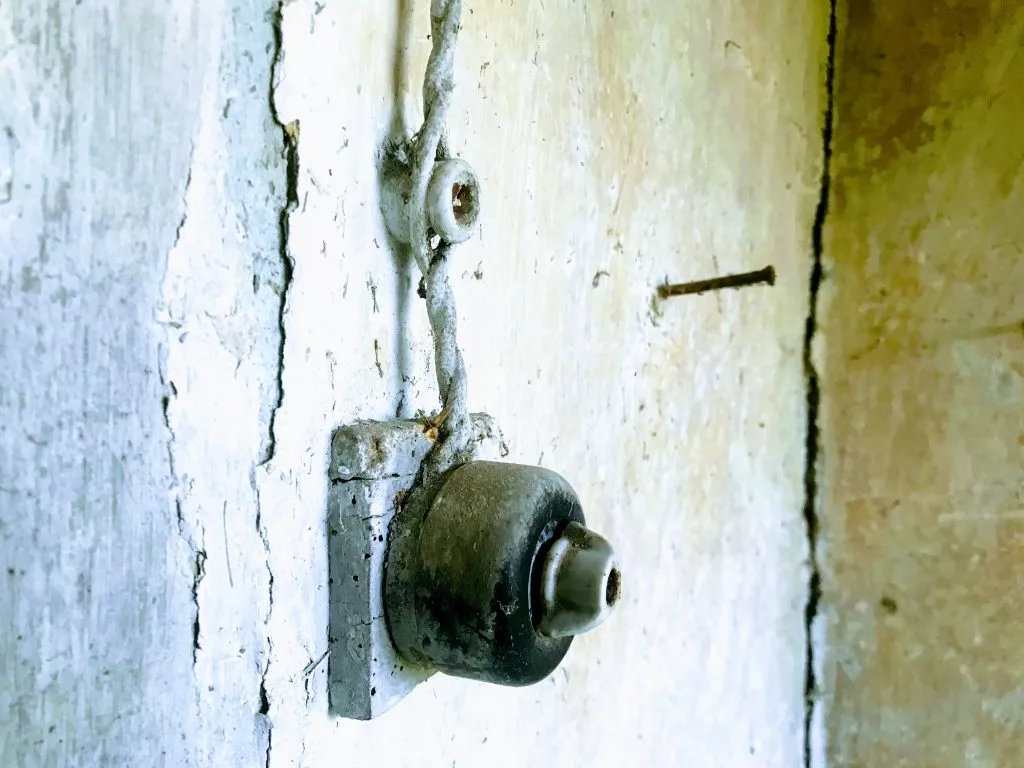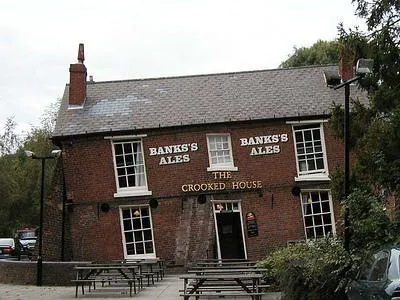6 Most Common Issues your Surveyor Might Discover…

Surveys matter.
Houses, like software, always have hidden errors.
You need to know exactly what you’re buying. Especially the hidden stuff!
Here are common myths associated with surveys:
Myth 1: There are 3 Types of Surveys
Wrong.
Reality:
There are two.
A Level 2 (Home Buyer Survey) – recommended for post-Victorian properties.
…and Level 3 (Building Survey). These give very detailed information about the condition. Recommended for pre-Victorian or any property that’s had major alterations and changes over many years.
But what about a mortgage valuation?
A mortgage valuation (sometimes called a drive-by or desktop – which should give you a clue as to its depth) is not a survey. It’s a basic assessment of value.
Sometimes it’s just a question of looking on Rightmove to see how much it’s worth. It doesn’t tell you a single thing about a property’s condition.
Myth 2: No Need for Surveys on Flats
Oh dear.
Reality:
Surveys are crucial for flat purchases.
Reasons include issues related to shared spaces, building management, and potential hidden problems such as well… someone taking off the roof and building a hot tub.
It happened. And created a whole heap of structural problems.
Find out about this little tub of horrors, by listening to the latest Holiday Let Mortgages podcast.

Myth 3: New Builds Don’t Require Surveys
No one needs a survey on a new house.
They all look so lovely and shiny… surely, they’ve been well constructed and don’t need looking at?
Surely any snags will be small and quickly resolved.
Sigh.
Reality:
They don’t build them like they used to…
Many new houses don’t have traditional construction.
Added to that, many of them have their own set of issues.
Walking through the door of your new property knowing what needs doing is the path of the wise.
Knowing about any issues may give you bargaining power at the early stages of your purchase.
New builds are just as likely to have problems as older buildings. They’ll be more related to construction issues.
So, now we’ve got the myths out of the way, here are the 6 most common problems surveys tend to uncover:
1: Dampness:
Damp
problems, while unsightly, are generally treatable. Identifying the
root cause is crucial, as it may involve external maintenance issues.
In some cases, pinpointing the cause can be challenging, and some solutions merely cover it up for a price.
The
cost of treatment varies based on the problem’s scale and origin.
Common types include rising damp, penetrating damp, and condensation,
with associated investigation and fixes potentially costing thousands of
pounds.
2. Structural Timber Damage:
Wood decay caused by wet rot and dry rot can be significant concerns.
Dry rot, being more destructive, often incurs higher treatment costs.
3. Japanese Knotweed:
This invasive plant with extensive roots can damage surrounding structures.
Ensuring that the property has a comprehensive treatment plan in place is key.
Japanese
knotweed can impact mortgage eligibility and insurance requirements.
Having said that, the knotweed problem is under review… so watch this
space.

4. Subsidence:
Subsidence occurs when the soil beneath a property’s foundations shifts, causing sinking.
Factors like soil movement, expansion, or water leaks from damaged drains can contribute.
While
subsidence is often reparable, securing insurance for an affected house
can be challenging and costly. A thorough structural survey is
advisable.

5. Rotten Window Frames:
If window frames are deteriorating, consider whether partial frame replacement or complete replacement is more cost-effective.
Get quotes from at least three providers.
6. Outdated Wiring:
Rewiring is a substantial and potentially disruptive undertaking that can cost thousands of pounds.
It involves tasks like lifting floorboards, wall drilling, and re-plastering.
Consult with a local qualified electrician to obtain an accurate quote.

